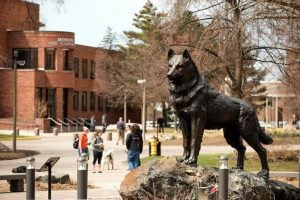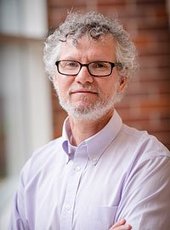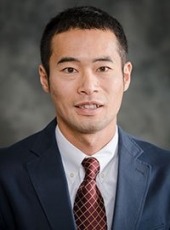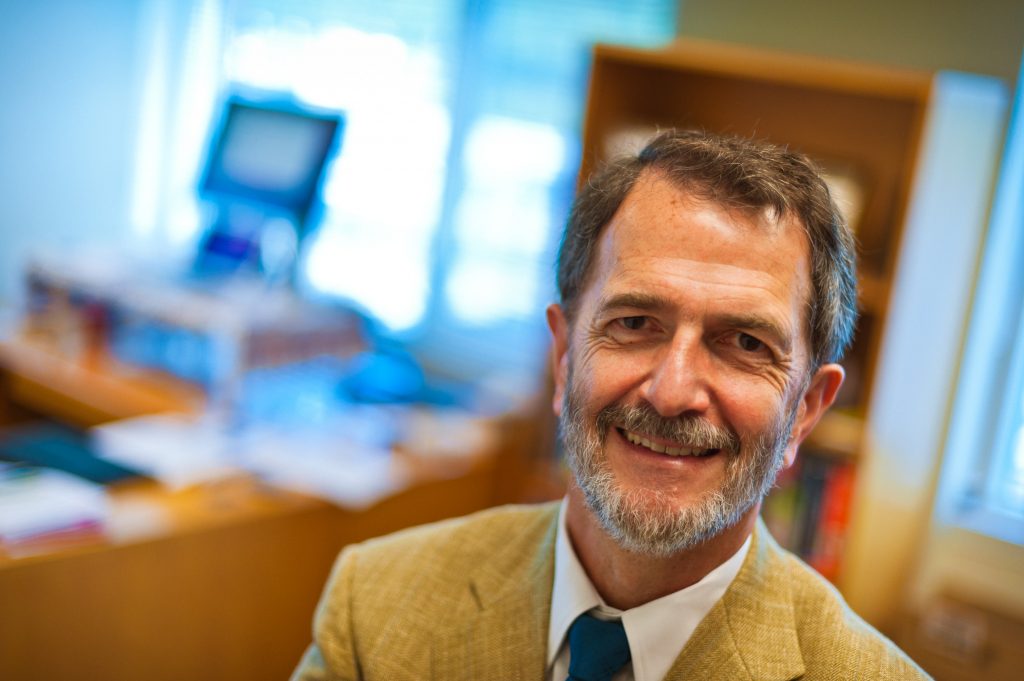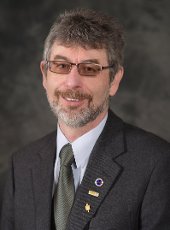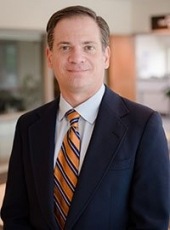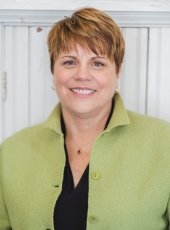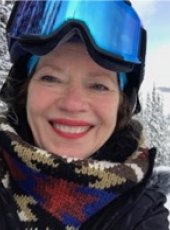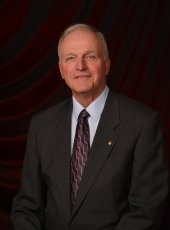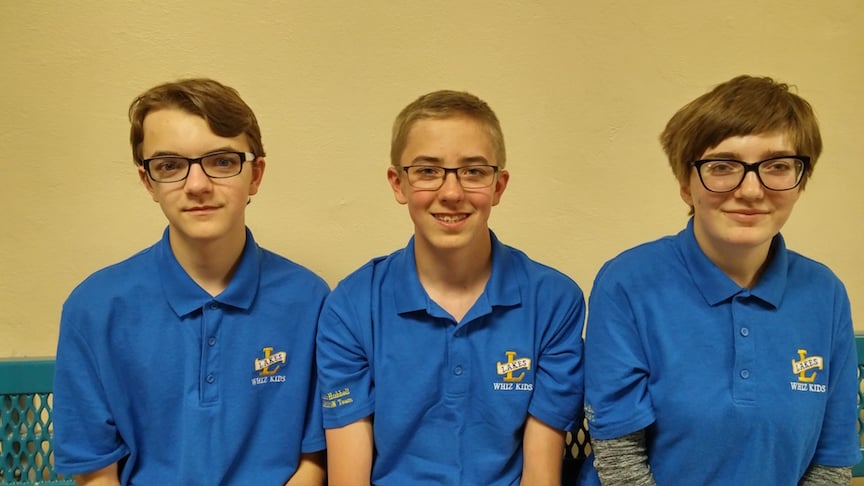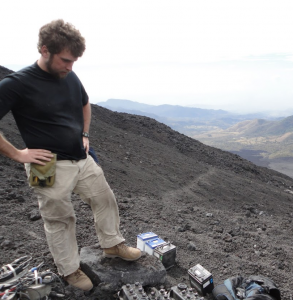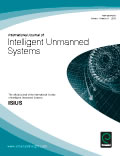 Hanieh Deilamsalehy (ECE) and Timothy Havens (ECE/CS) published a paper entitled, “Fuzzy adaptive extended Kalman filter for robust 3D pose estimation,” in the International Journal of Intelligent Unmanned Systems, vol. 6, no. 2, pp. 50-68.
Hanieh Deilamsalehy (ECE) and Timothy Havens (ECE/CS) published a paper entitled, “Fuzzy adaptive extended Kalman filter for robust 3D pose estimation,” in the International Journal of Intelligent Unmanned Systems, vol. 6, no. 2, pp. 50-68.
doi.org/10.1108/IJIUS-12-2017-0014
Timothy Havens is the William and Gloria Jackson Associate Professor of Computer Systems in the Department of Electrical and Computer Engineering and the director of the Center for Data Sciences (DataS). DataS is part of ICC, the Institute of Computing & Cybersystems at Michigan Tech.
Hanieh Deilamsalehy, who graduated in 2017 with a PhD in Electrical Engineering from Michigan Tech, is working at Microsoft.
Purpose
Estimating the pose – position and orientation – of a moving object such as a robot is a necessary task for many applications, e.g., robot navigation control, environment mapping, and medical applications such as robotic surgery. The purpose of this paper is to introduce a novel method to fuse the information from several available sensors in order to improve the estimated pose from any individual sensor and calculate a more accurate pose for the moving platform.
On the Road
Tim Havens (ECE/CS) presented a paper entitled, “SPFI: Shape-Preserving Choquet Fuzzy Integral for Non-Normal Fuzzy Set-Valued Evidence,” this month at the IEEE World Congress on Computational Intelligence (IEEE WCCI 2018)in Rio de Janeiro. Havens also co-authored two other papers presented at the conference. WCCI is the biennial meeting of the three leading computational intelligence conferences: International Conference on Fuzzy Systems, International Joint Conference on Neural Networks, and Congress on Evolutionary Computation. Co-authors on the paper were Tony Pinar (ECE), Derek Anderson (U. Missouri) and Christian Wagner (U. Nottingham, UK). As general chair of the Int. Conf. Fuzzy Systems 2019 in New Orleans, Havens also presented a pitch for the upcoming event at the WCCI awards banquet. The conference took place July 8-13, 2018.
Additionally, Havens presented an invited seminar, “How to Win on Trivia Night: Sensor Fusion Beyond the Weighted Average,” at MIT Lincoln Laboratory on July 16.
